Mergers & Acquisitions
You focus on your business and we take care of your cloud requirements.
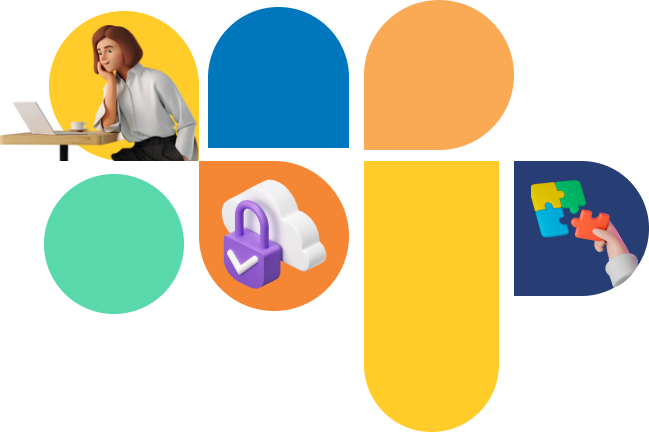
 Our Top Clients
Our Top Clients

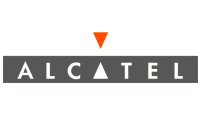






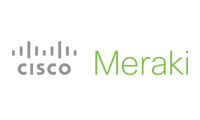
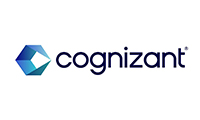


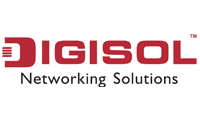




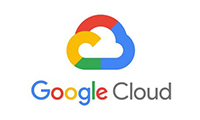
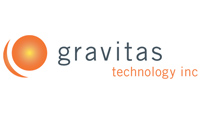
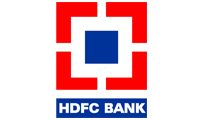



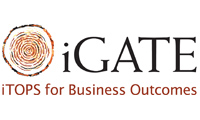
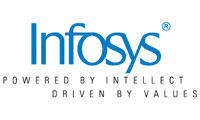

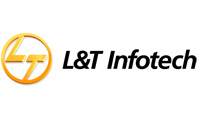
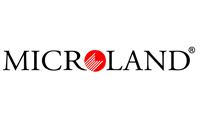

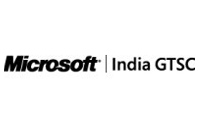

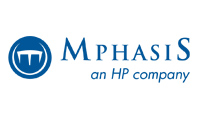
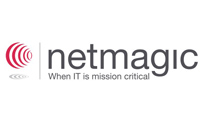
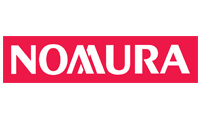
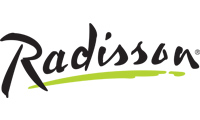


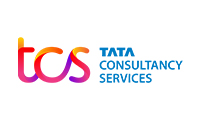
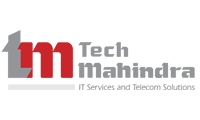

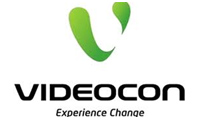


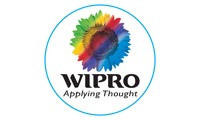

Mailbox migration from one Microsoft 365 tenant to another. Usually, you will need this type of migration when a company merges or acquires another company, or you would like to migrate to a different geographic region.
Occasionally, a customer needs a migration inside the Microsoft 365 cloud platform. For example, if one company acquires another company and both are using Microsoft 365, there may be many reasons to start merging.
Our objective is to provide planning, design, and migration of email service from one Microsoft 365 tenant to another.
While the domain is transferring from the source tenant to the new tenant, incoming mail will not be received for about 24 hours. This is due to domain name binding features in Exchange Online.
To avoid the loss of emails during the transfer period, you can consider the extended migration service.

